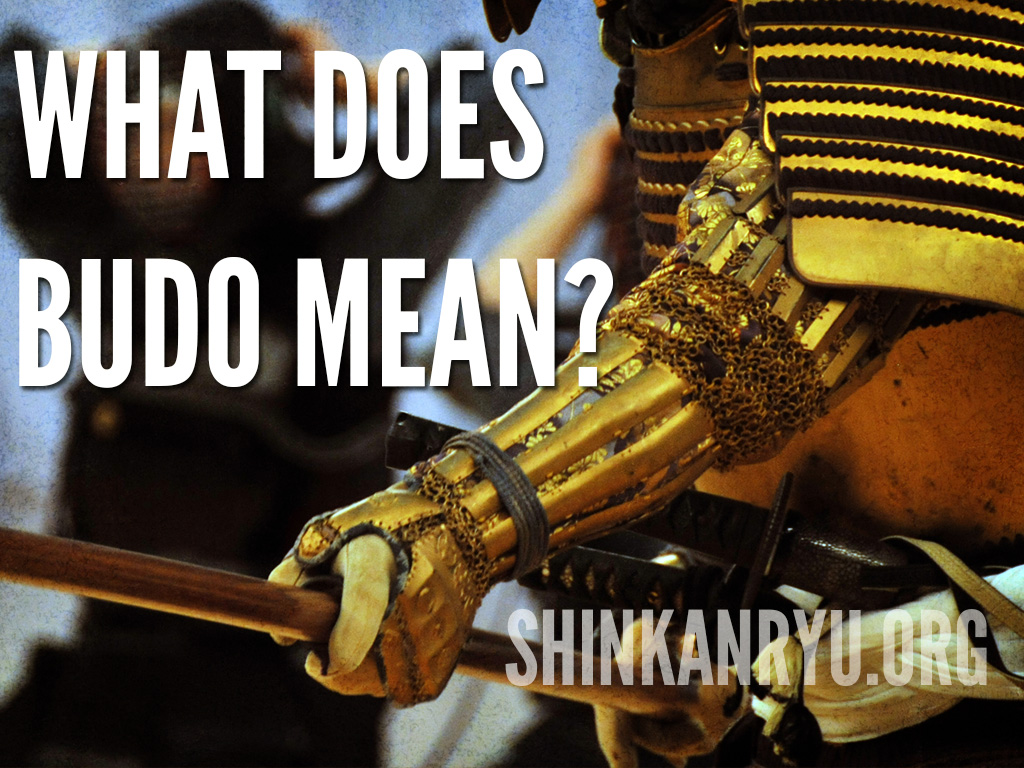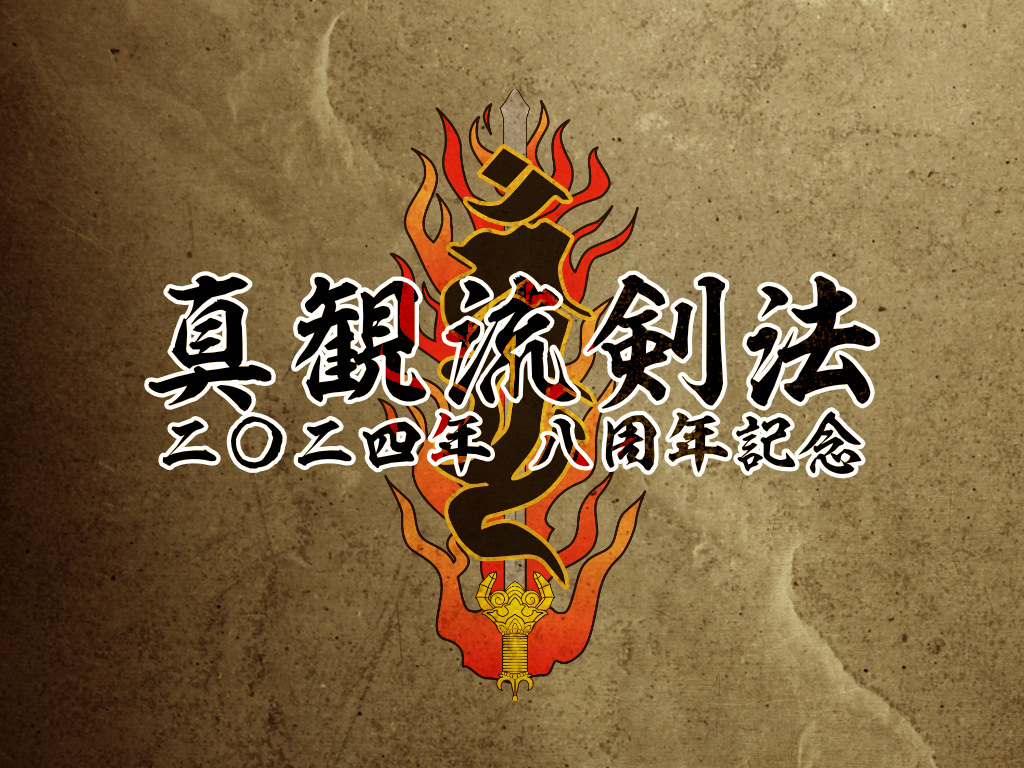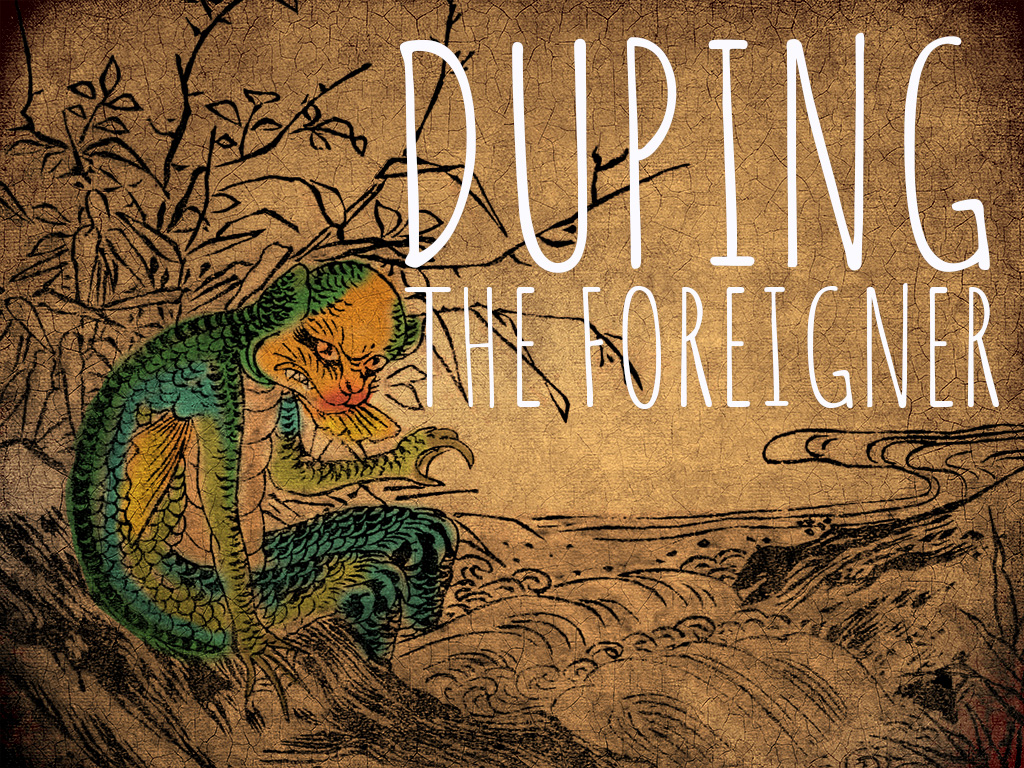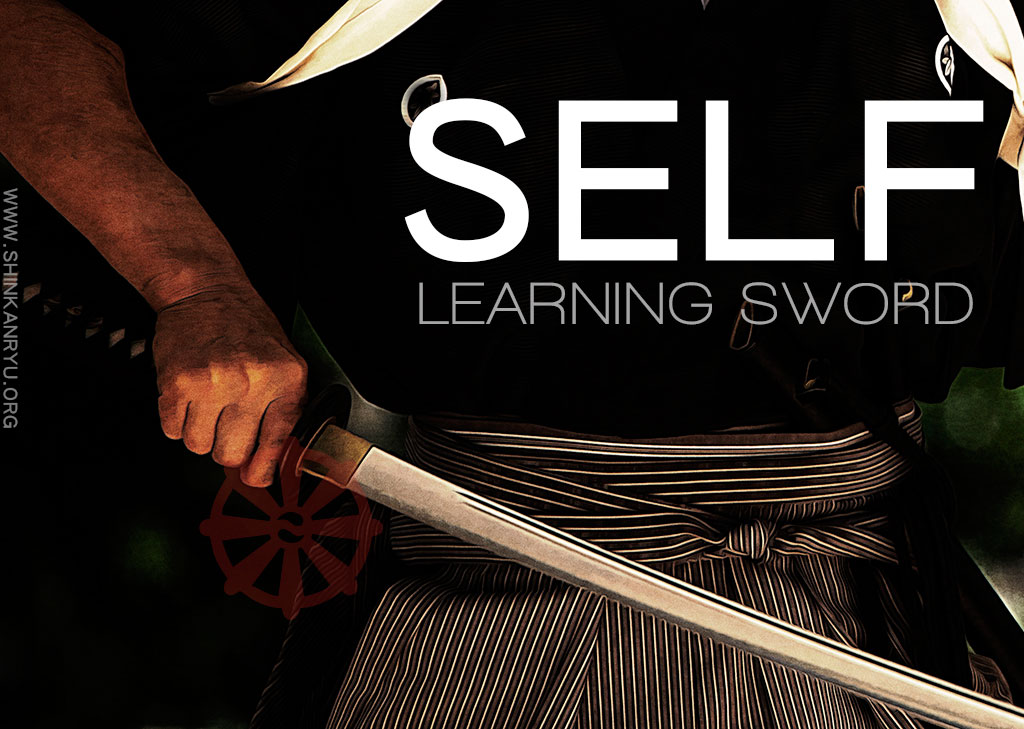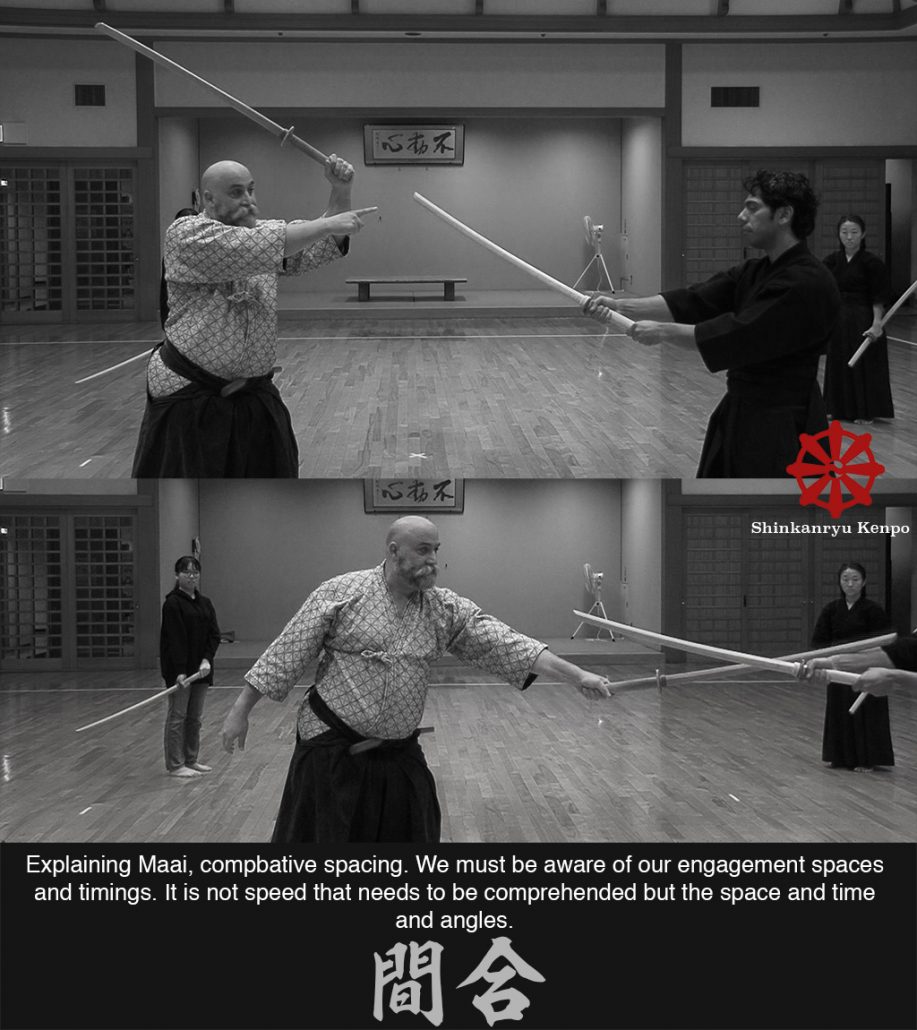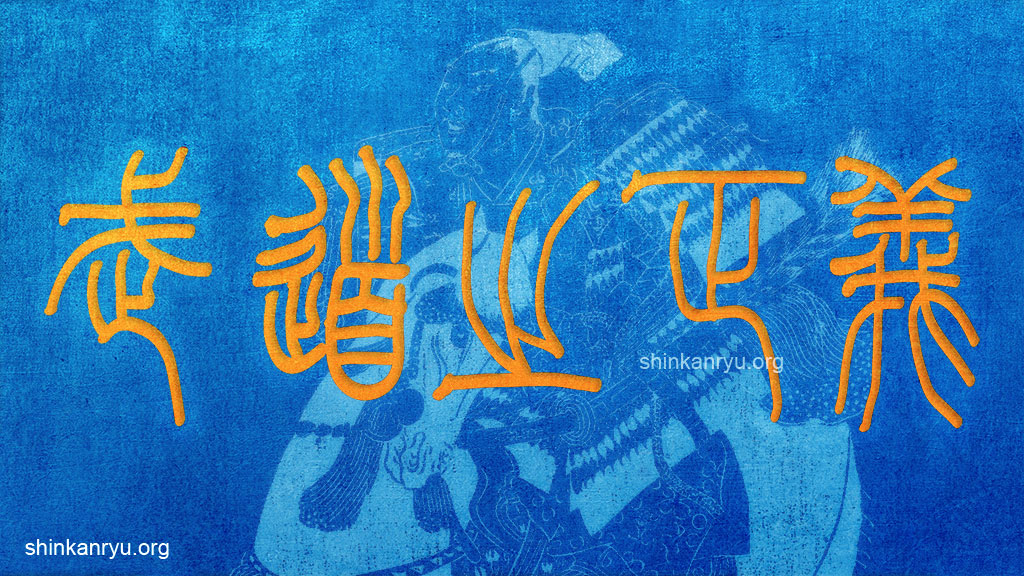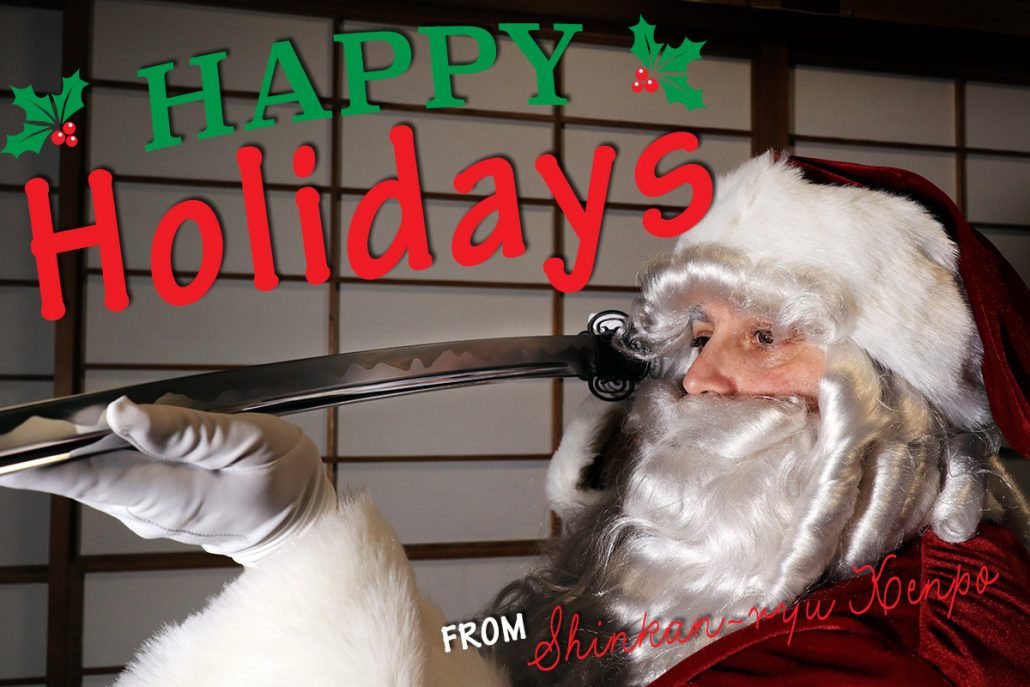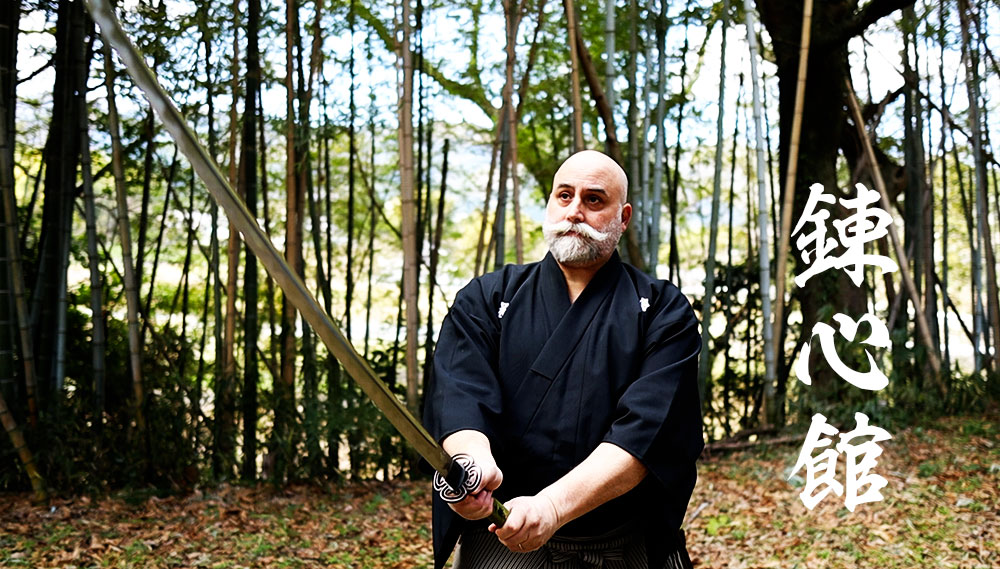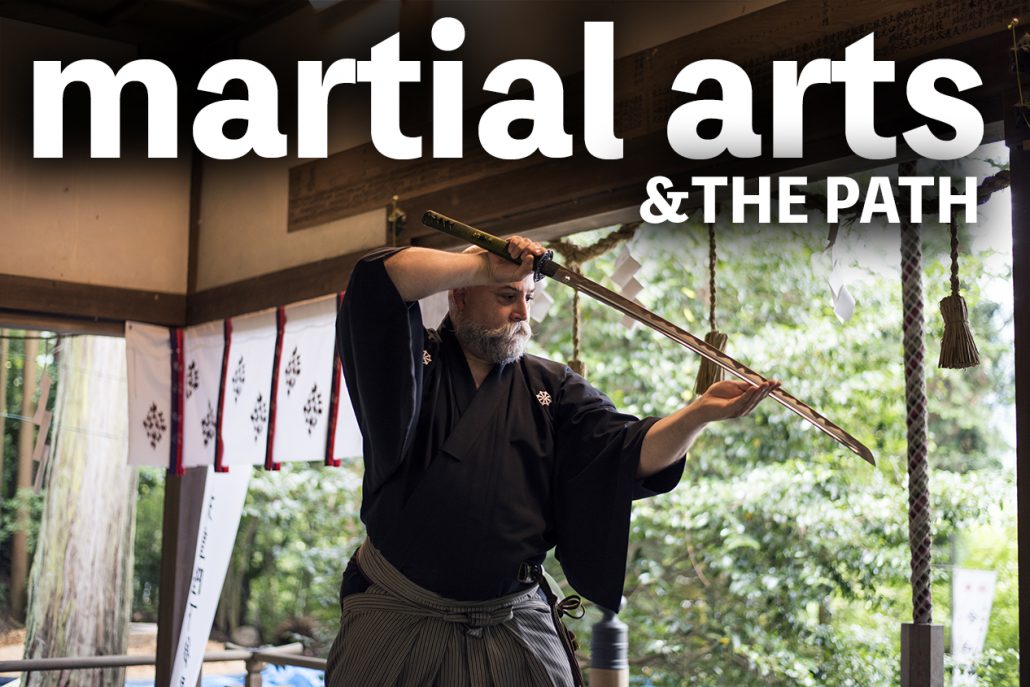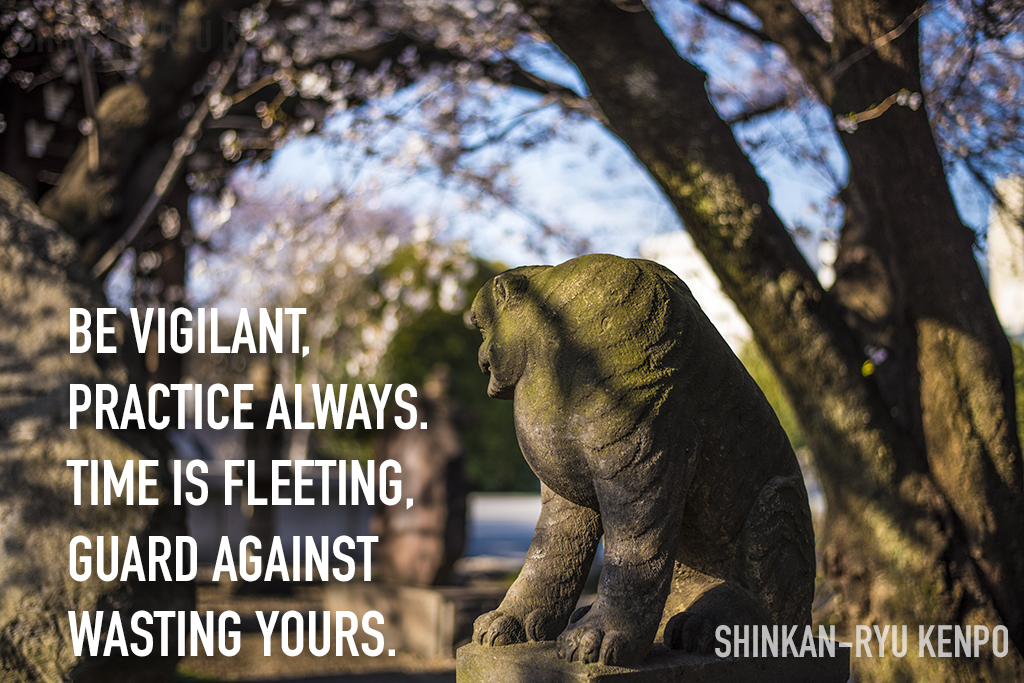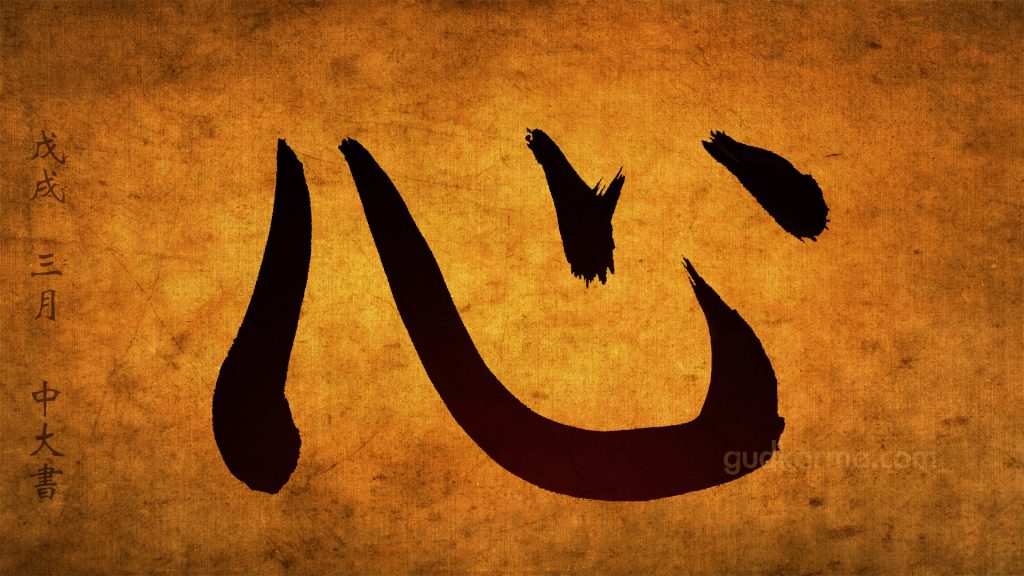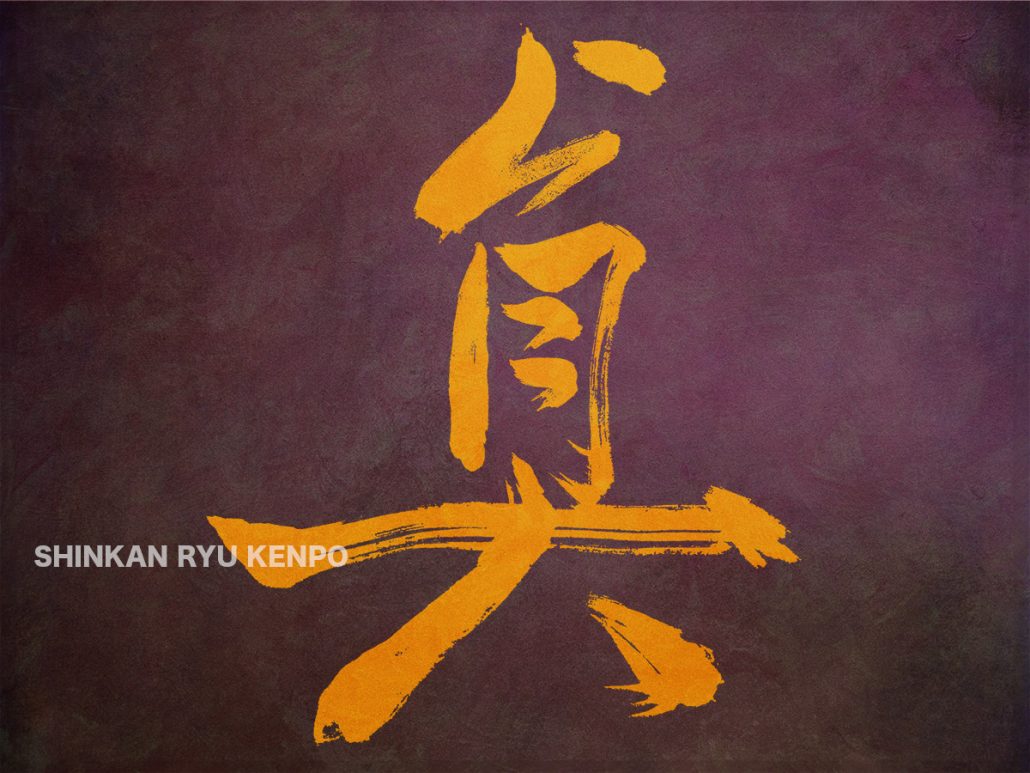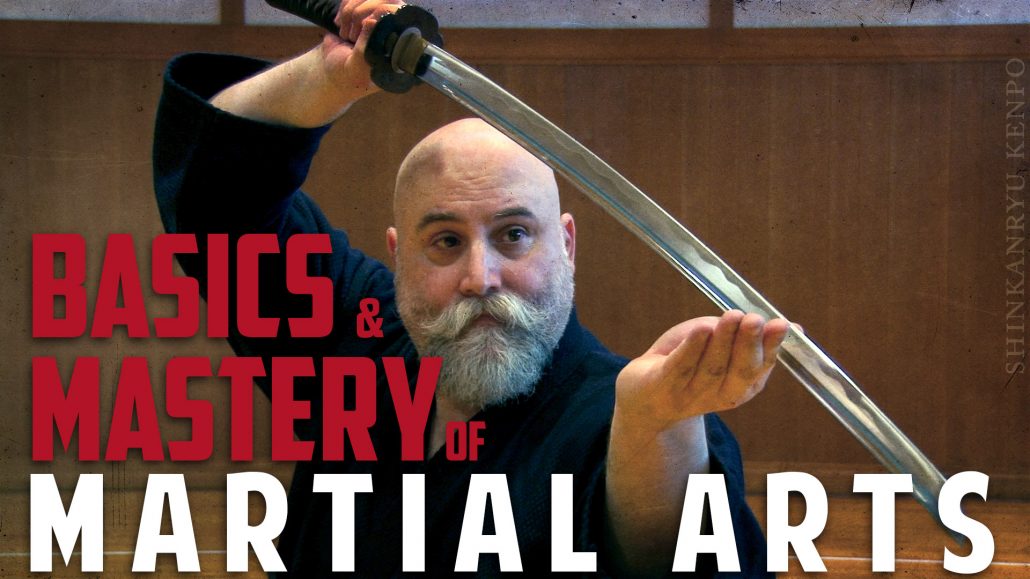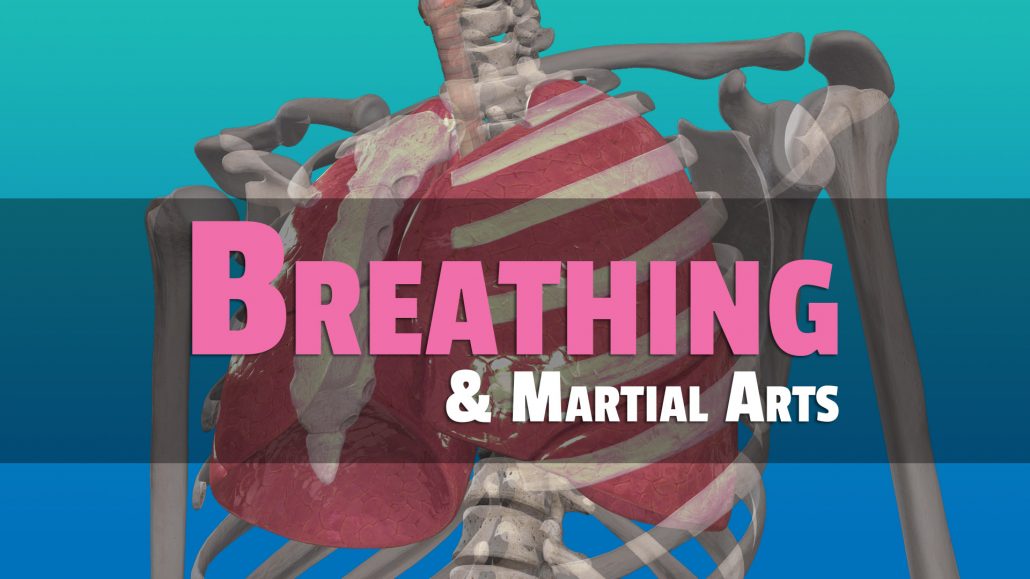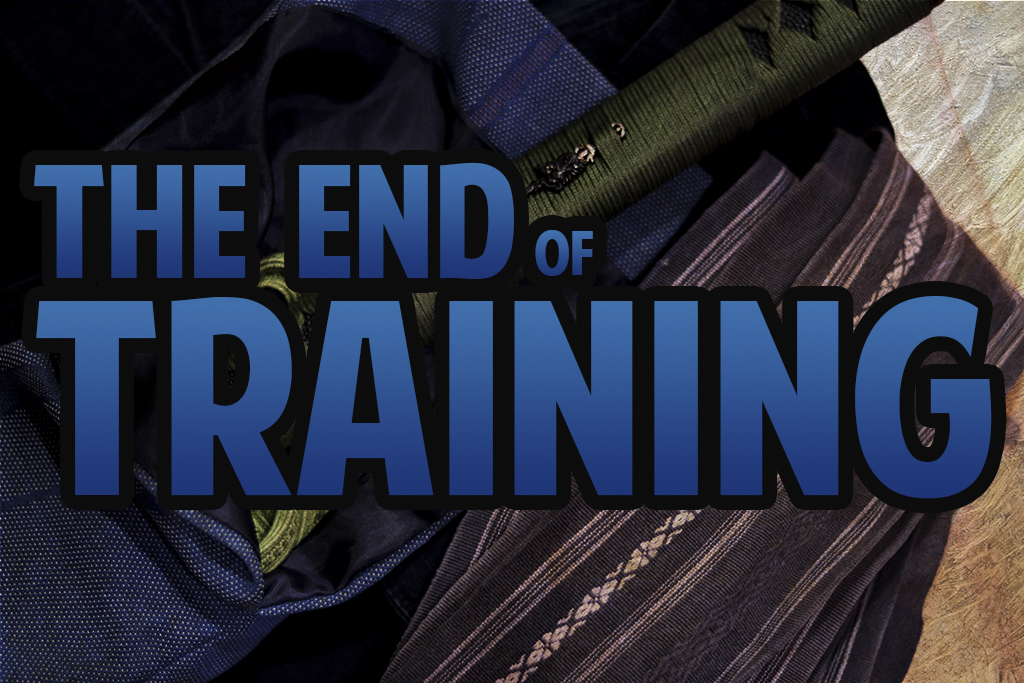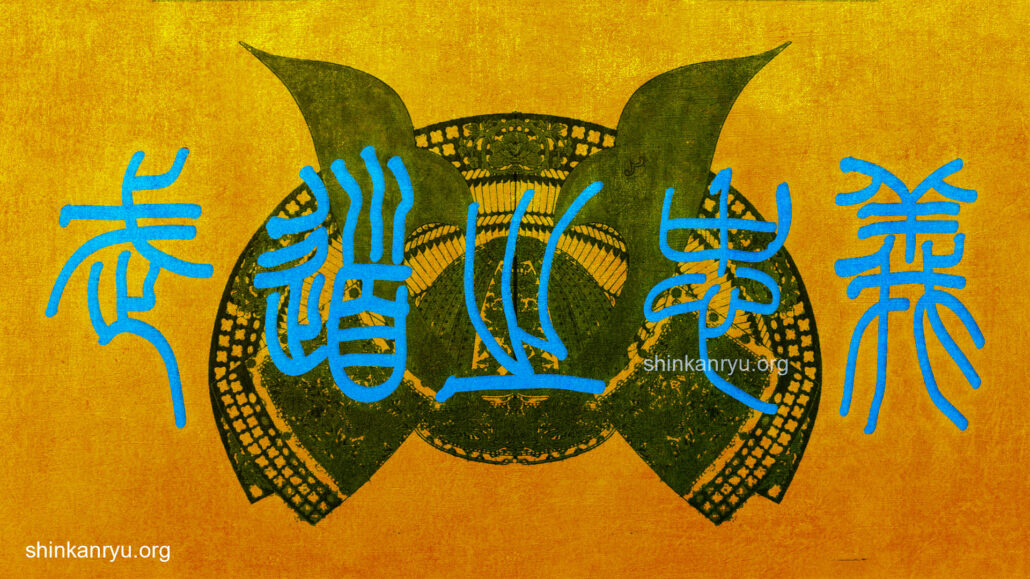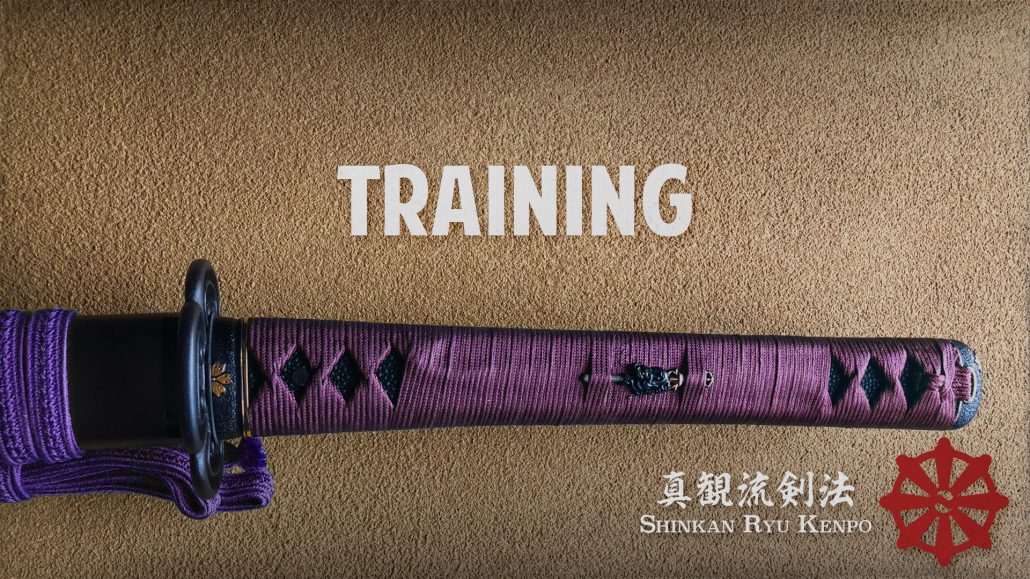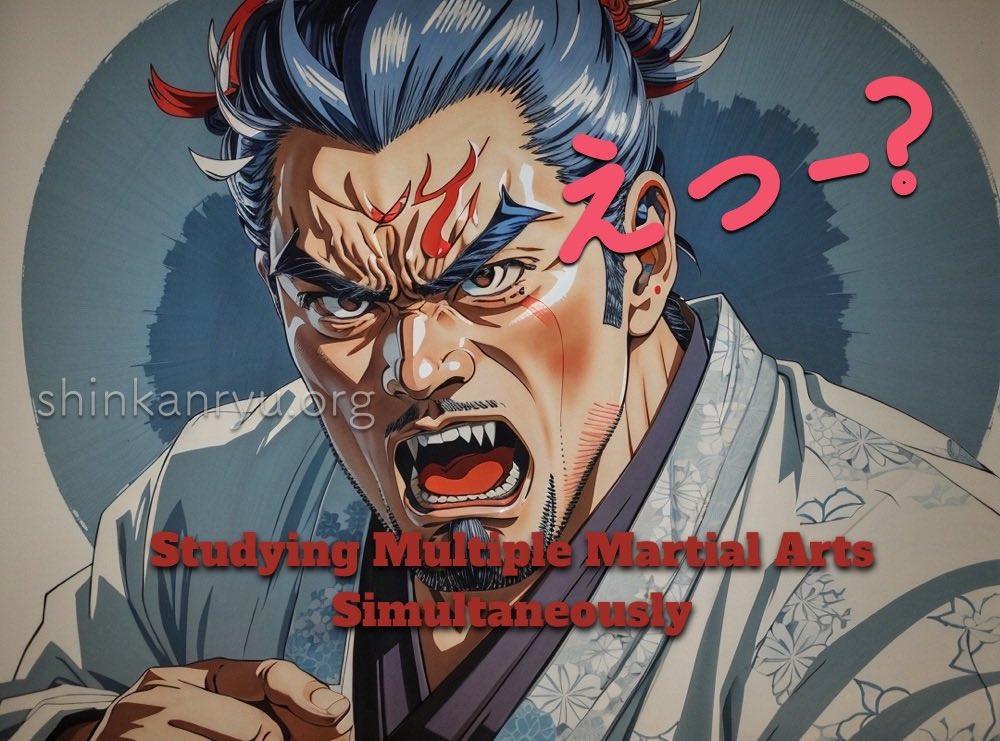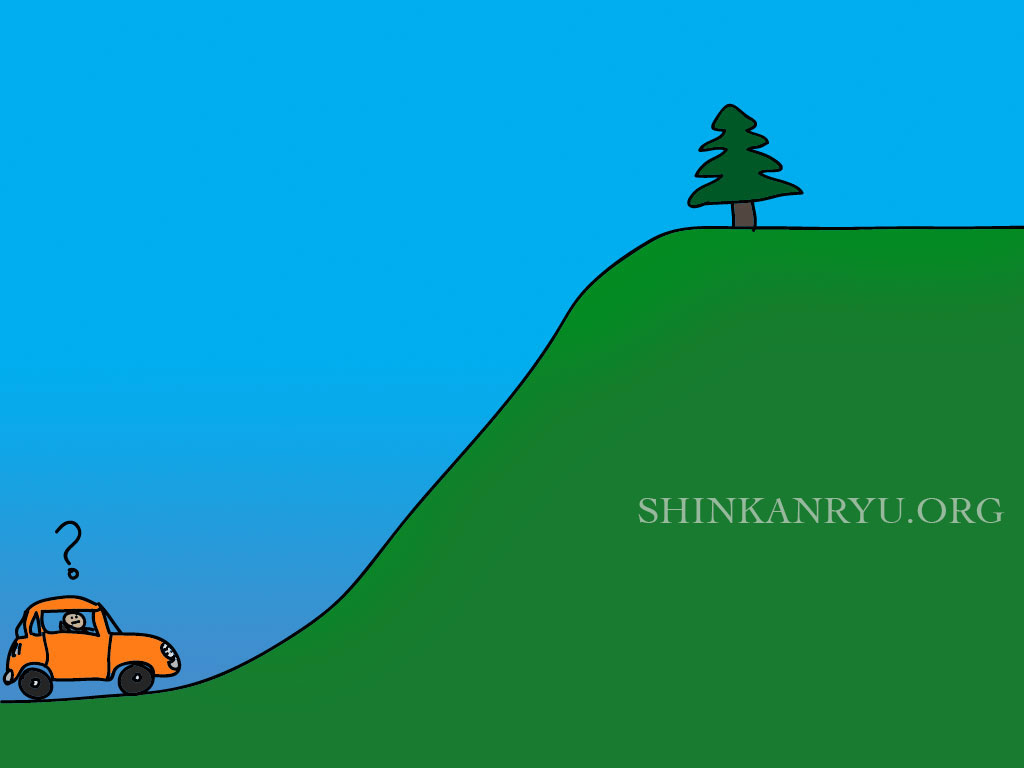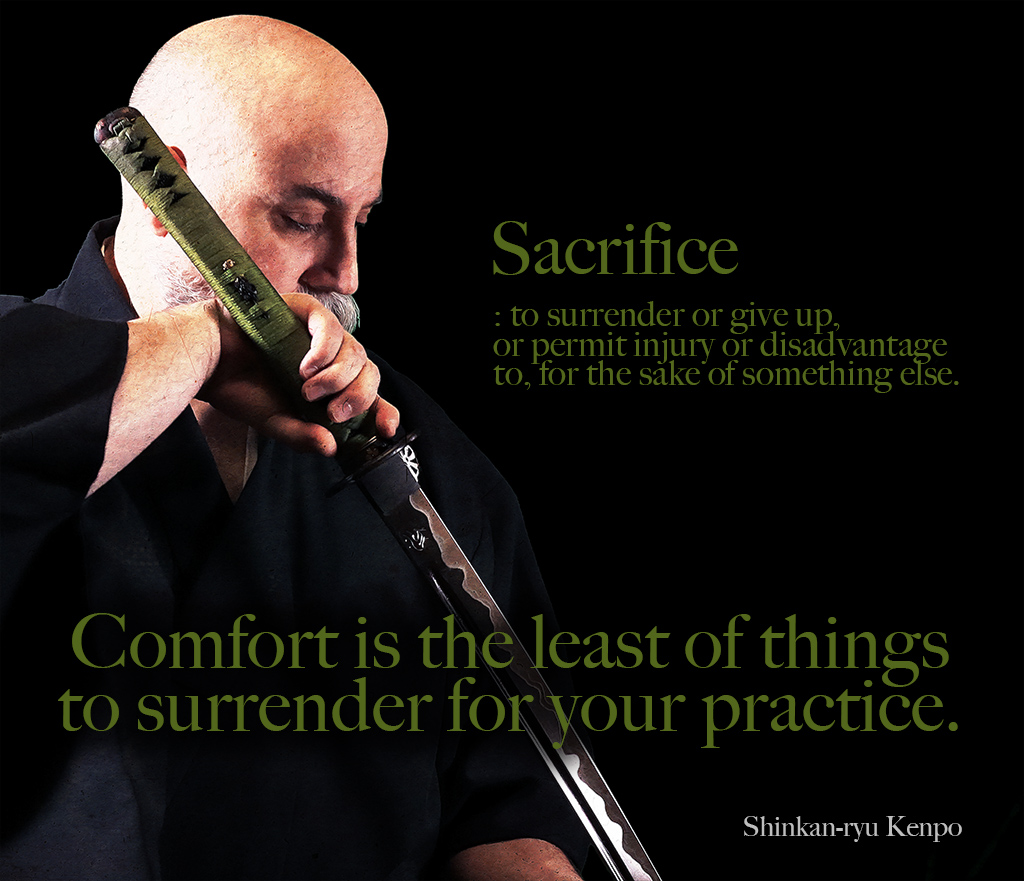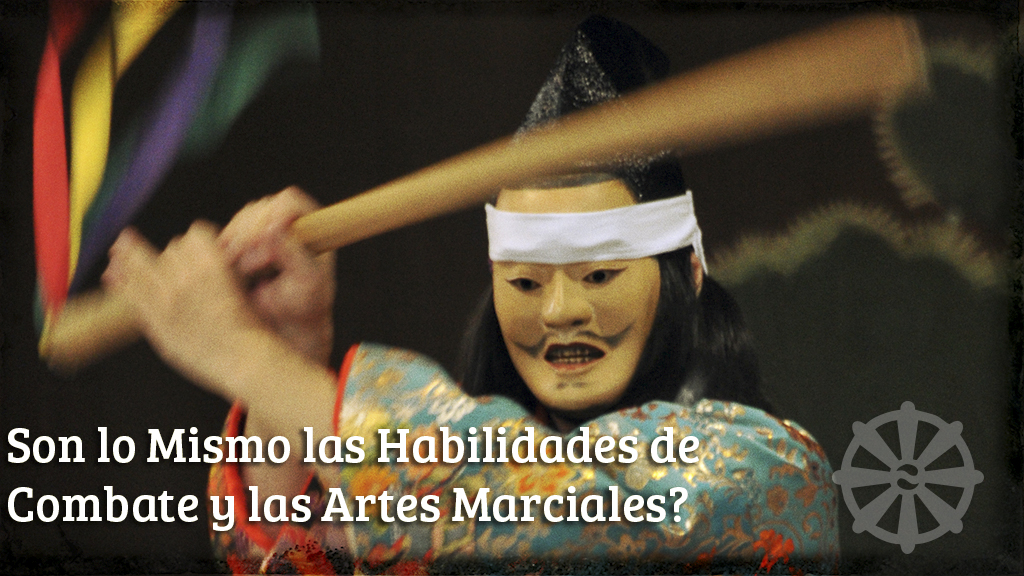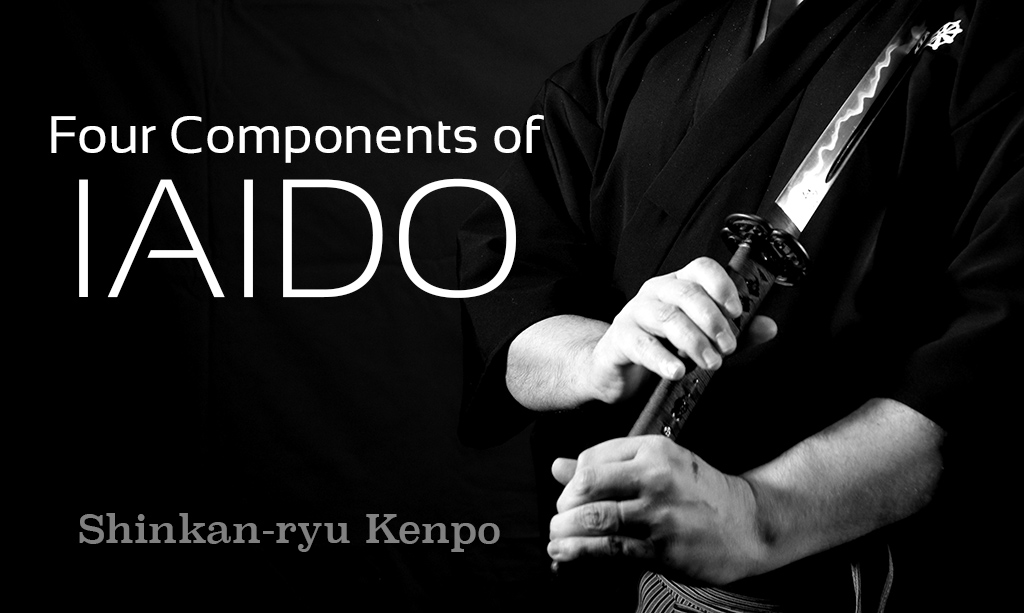I'd like to discuss briefly discuss what Budo or Bujutsu means. I’m not a scholar or linguist, but I tried my best to bring you the correct information. Someone had linked me a post explaining that budo and bujutsu mean to stop or prevent war. I had read that before. But long ago it was my understanding that it meant ‘go to war.’ So I decided to break this word down.
What do the words bujutsu or budo mean?
More precisely what does the written character of BU really represent?
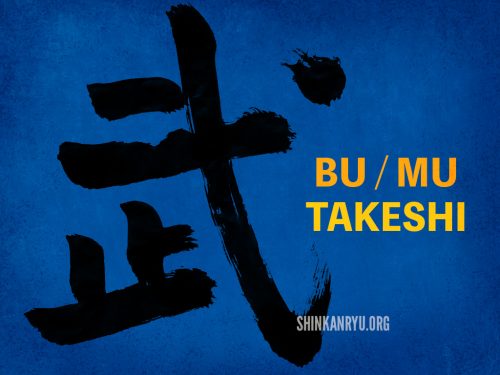
As most of you know Japanese kanji is an adaptation of the Chinese writing system. Actually so are hiragana and katana. This is why Kanji in Japan has many different sounds or readings.
The character BU comes from China. Bu is the sound in Chinese. The sound that Japanese retain for all their kanji are called Onyomi. Kanji still have their original Chinese sounds associated with them. Japanese learn these as the Onyomi, and the native Japanese sounds are called Kunyomi. The kunyomi for Bu 武 is Takeshi たけし or take たけ. There are two onyomi, BU and MU. Takeshi is sometimes a boys name too.
This character is used in many words, Musha 武者 warrior.Bunbu 文武 the literary and military arts or the pen and the sword. Bushi 武士 warrior, also known as samurai.
And of course, budo 武道, bugei 武芸, and bujutsu 武術 meaning martial and military arts. I will refer to this character as a whole as, BU.
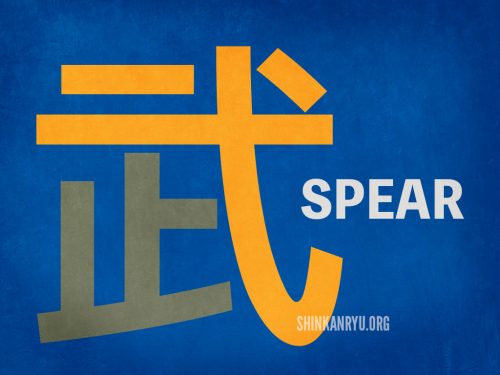
Let's take a closer look at mister Bu here because it's made up of two radicals. Radicals are smaller words used to make up a LARGER word.
In the character for Bu, we have two.
Tome 止め, to stop, and hoko 戈 spear.
In Japanese hoko is not really a regular word but seen as a radical in the formation of words. However, in actual Chinese, this is a word. This is a pictograph of a halberd or spear. Called Gë in Chinese.
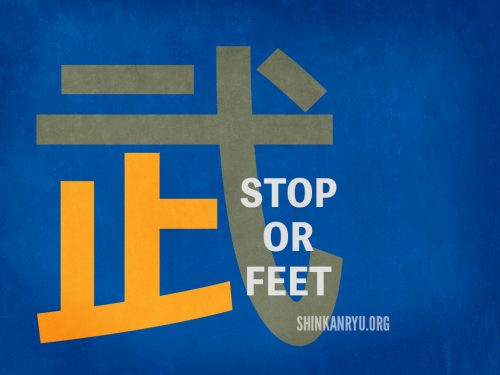
The lower section is Tome,とめ In Japanese this means TO STOP or HALT.
The Chinese sound or onyomi is Shi.
People are quick to throw this together and say that bu means to stop a war. Do the words for spear and stop together mean ending a conflict?
This is just not a logical conclusion of the origins of this word.
It does have the hint to mean preventing conflict now, but it didn't for a long, long time. Language is fluid and changes. While the character stop in there can’t be denied now, it didn't always mean ‘to stop.’
The character tome in its original Chinese was actually a pictogram of a foot. CALLED SHI IN CHINESE.
After a time it came to mean preventing conflict; however, the implication early on was movement, and when this word came to Japan the connotation was not one of stopping or preventing war but of taking up arms and going into battle. There doesn't seem to be any confusion of what hoko 戈 means. It means a weapon. It implies some kind of use for an armament.
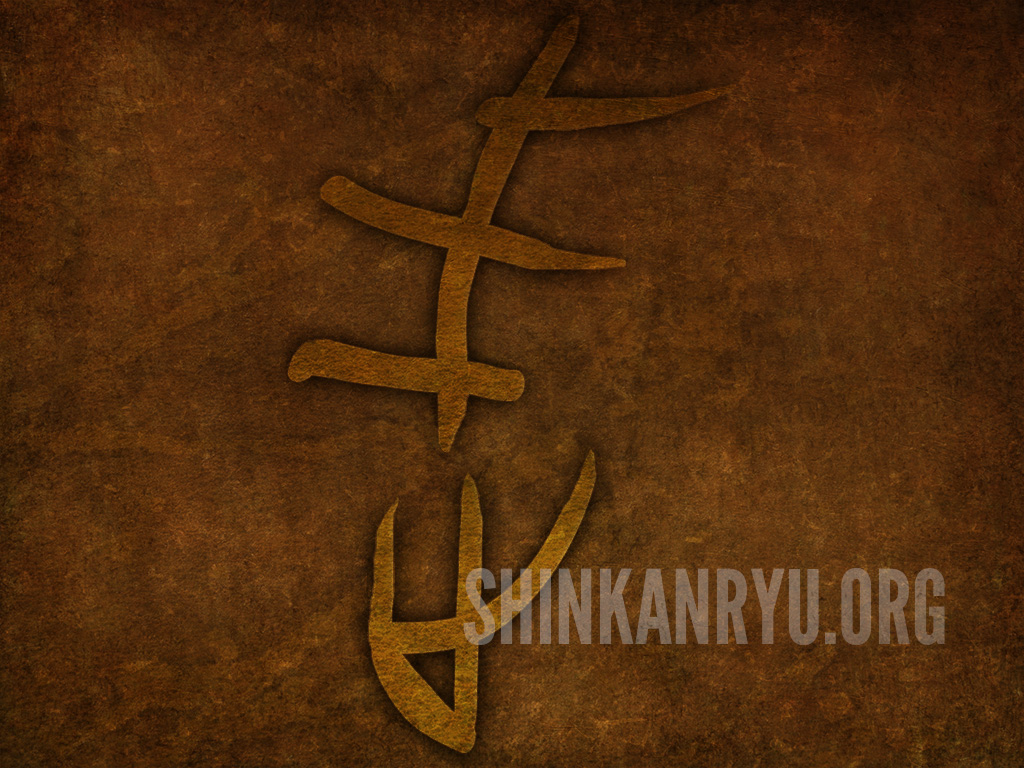
This is what the character bu 武 looked like around 1200 b.c. These were often carved in bone. You can clearly see the spear at the top and the feet at the bottom.
Historically in China 止 'shi' meant feet or moving. When you put those together, it seems natural to draw out the ideas of an actual warrior charged with taking up arms when needed. Defensive or offensive..whichever.
In 500 A.D the word bu/mu 武 meant soldier or when used with other words indicated an Army (which were not only used to prevent wars but start them). In 2017 the meaning can be different, but it's essential to clarify this idea when speaking about the word. To throw away its actual root is detrimental to the practice of Bujutsu or Budo.
Yes, it can indeed mean stopping a war or preventing conflict but the origin of the word and the use of warriors is not necessarily peaceful. Your ideas now might be of peace, and that's great. An eleventh-century bushi, however, didn't have that idea, but they werent all bloodthirsty mindless killing machines either. They were men-at-arms and were in the business of going into conflict for personal and professional reasons.
You were called a musha or bushi because you went to fight.
In earlier parlance, you have the idea of moving with weapons now in the modern language you have the connotation of stopping conflicts and war.
Although the goals of bugeisha were initially that of fighting since the early seventeenth century in Japan, the samurai class were not involved in any more large scale conflicts, and the goals of training changed.
©2017 S.F.Radzikowski

ラジカスキー真照
館長Saneteru Radzikowski is the head sword instructor of Shinkan-ryū Kenpō. He lives and teaches Iaijutsu and Kenjutsu from Nara, Japan.
Reflections on 31 Years of Martial Arts and 8 Years of Shinkan-ryū Kenpō
不動心 (Fudōshin) – The Immovable Mind As I mark 31 years of practicing martial arts...
Duping The Gaijin – Martial Arts Fraud
Some Japanese schools or individuals wish to capitalize on the ignorance of non-Japanese martial artists...
How to self-learn sword skills?
How to self-learn sword? A question that pops up in my communications frequently is, “How...
Maai; Combative Space-timing
Teaching maai 間合い, the ideas of combative spacing and timing intervals in kenjutsu.
Code of Bushido Righteous Heart
Being righteous and doing the right thing is one of the foundations of body and...
A Very Budo Christmas Happy Holidays & New Year
Happy Holidays and Happy New Year to all of you that were kind and supported...
6 Years of Shinkan-ryū Kenpō
Last week marked the 6th year of Shinkan-ryū Kenpō. I want to thank the faithful...
Martial Arts and The Path: Strive for the truth
If you study the way and path 道, then you should understand the truth correctly....
Practice. Time Is Fleeting
In #budo as well as life, in general, we should avoid wasting time. We need...
Unleash the Potential of Your Iaido Success
We’re diving deep into the art and discipline of Iaido, a journey that goes far...
The Martial Arts Heart
Budo values reflection and compassion. When these are not present it is hard to develop...
Bujutsu Truth
Be honest. Move with the truth and discard the lies and false facades. Leave them...
Mastering The Martial Arts and Basics
I will be talking about basics and mastery. Before I begin, I want to say...
Martial Arts Breathing
The spirit of the sword is the breath. Breathing Physiology What’s so crucial about martial...
The End of Training & Boredom In Martial Arts
Budō Is Limitless When does training end? When do we become a master? The short...
Bushido Chūgi The code of Loyalty
Loyalty is one of the shining points in any list about the virtues important to...
How To Avoid Training Pitfalls In Martial Arts
Beware The Rabbit Holes. I want to talk about some pitfalls of martial arts training....
Is Studying Multiple Martial Arts Ok?
Many people study more than one martial art. There can be varied reasons, such as...
Practice
The car at the bottom of the hill needs a sustained gas pedal to move...
Budō Practice & Sacrifice
[fusion_builder_container hundred_percent="no" hundred_percent_height="no" hundred_percent_height_scroll="no" hundred_percent_height_center_content="yes" equal_height_columns="no" menu_anchor="" hide_on_mobile="small-visibility,medium-visibility,large-visibility" status="published" publish_date="" class="" id="" background_color="" background_image="" background_position="center...
Son lo Mismo las Habilidades de Combate y las Artes Marciales?
Porqué hacer la diferencia entre arte marcial y habilidad de combate? Pienso que las habilidades...
Components of Iaido Iaijutsu
[fusion_builder_container hundred_percent="no" hundred_percent_height="no" hundred_percent_height_scroll="no" hundred_percent_height_center_content="yes" equal_height_columns="no" menu_anchor="" hide_on_mobile="small-visibility,medium-visibility,large-visibility" status="published" publish_date="" class="" id="" background_color="" background_image="" background_position="center...


